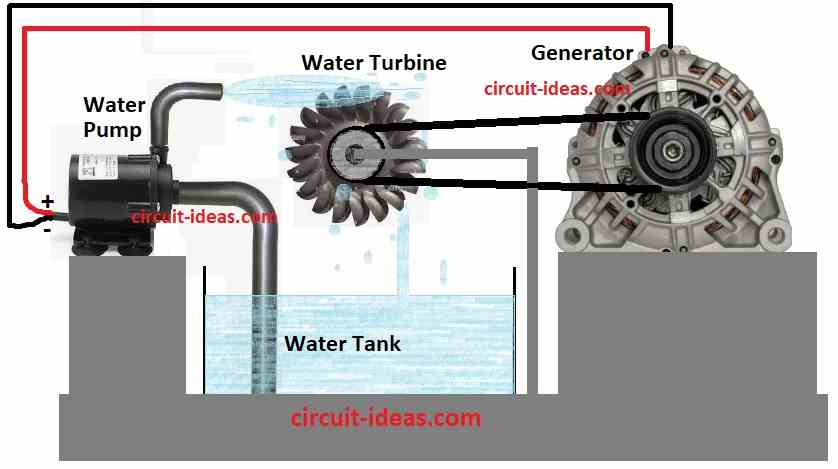This article for John Bedini and Chas Campbell Over-unity Generators show examples of strange energy systems.
These go against normal science ideas.
It tries to question old science and engineering ways.
Summary of Conventional Science and its Restrictions:
Article says normal science about energy is not true, especially about machines that gives more energy out than in over-unity.
Science uses too much calculation ideas but not the real world truth.
Because of this engineering ideas become wrong or are not useful.
We need to think new way about energy and change old engineering ideas to be more correct.
Insightful Cases That Challenge Traditional Science:
Australia Commune Example:
Some people in remote Australia use water only to run electric generators.
They do this for long time.
This strange case shows maybe our science understanding of energy is not fully correct.
Maybe there are hidden reasons we do not know yet.
The Battery Powered Motor of John Bedini:

John Bedini made special engine using battery and spinning wheel.
It is used short electric pulses which is not steady power but to work better.
He said spinning wheel take extra energy from around it by making motor more efficient.
One part of motor turned wheels energy back into power to charge battery again.
Scientists say this system cannot work well, but this article say they ignore extra energy from outside.
Jim Watsons Extended Framework:

Jim Watson made bigger version of John Bedinis system about 20 feet long.
It powered itself and made extra 12 kilowatts of electricity.
This goes against normal science ideas.
So even if scientists see it working they may not believed it.
The AC Motor System of Chas Campbell:

Chas Campbell made a machine where motor spins wheel and wheel runs the generator.
Motor used less power than generator gave out.
He showed system can power itself and other things using generators power.
Scientists say this not possible but maybe we still do not fully understand energy.

The Water Powered Flywheel of James Hardy:

James Hardy made a device with small spinning wheel and water jets.
Water jets spun the wheel which turned a generator and lit a bulb.
He used generators power to run water pump too.
This setup goes against normal science rules.
Maybe our energy knowledge is not complete.
Conclusion:
Article for John Bedini and Chas Campbell Over-unity Generators says these examples show old science and engineering ideas might be wrong or not finished.
We need to change our thinking to understand strange systems that seem to make more energy than they use.
Leave a Reply